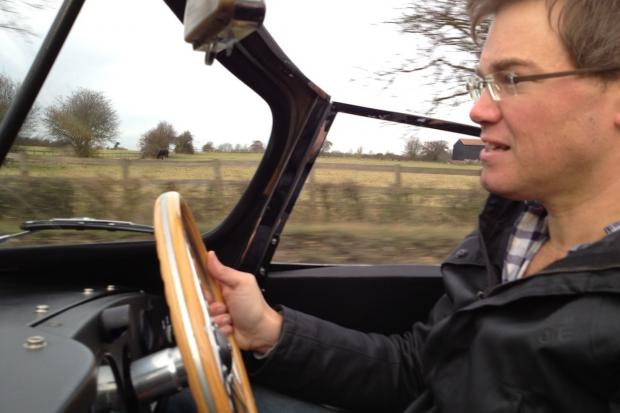
Ever wondered what you’d like to have the keys to if you were given an hour to live? Sounds a little macabre over the festive season and all, but think of it as the classic motoring equivalent of selecting your last meal on death row.
My list includes the usual suspects: Miura over the Alps, 427 Cobra along California’s PCH 1 and a Mercedes 300SLR along the Mille Miglia route. All a tad clichéd, I know!
A blast in the Napier Railton is up there, too, as is a stint behind the wheel of a Bugatti Atlantic and a Type 35B (if I could find a way to cram my 6ft 3in frame into one). A Porsche 959 and McLaren F1 have long been on my list as well, as have a Ferrari F40 and an LP400 Countach.
As of last week, however, I’ve binned the lot. This revelation came after a quick drive in a 1957 Jaguar XKSS (for the magazine, tough work, but someone's got to do it) that evolved into 30 minutes of motoring nirvana.

And yes, you read that right: C&SC tested one of the original 16 road-going versions of Jaguar’s seminal D-type, a £5million-plus car, not for a feature, but for a Case History in the back pages.



